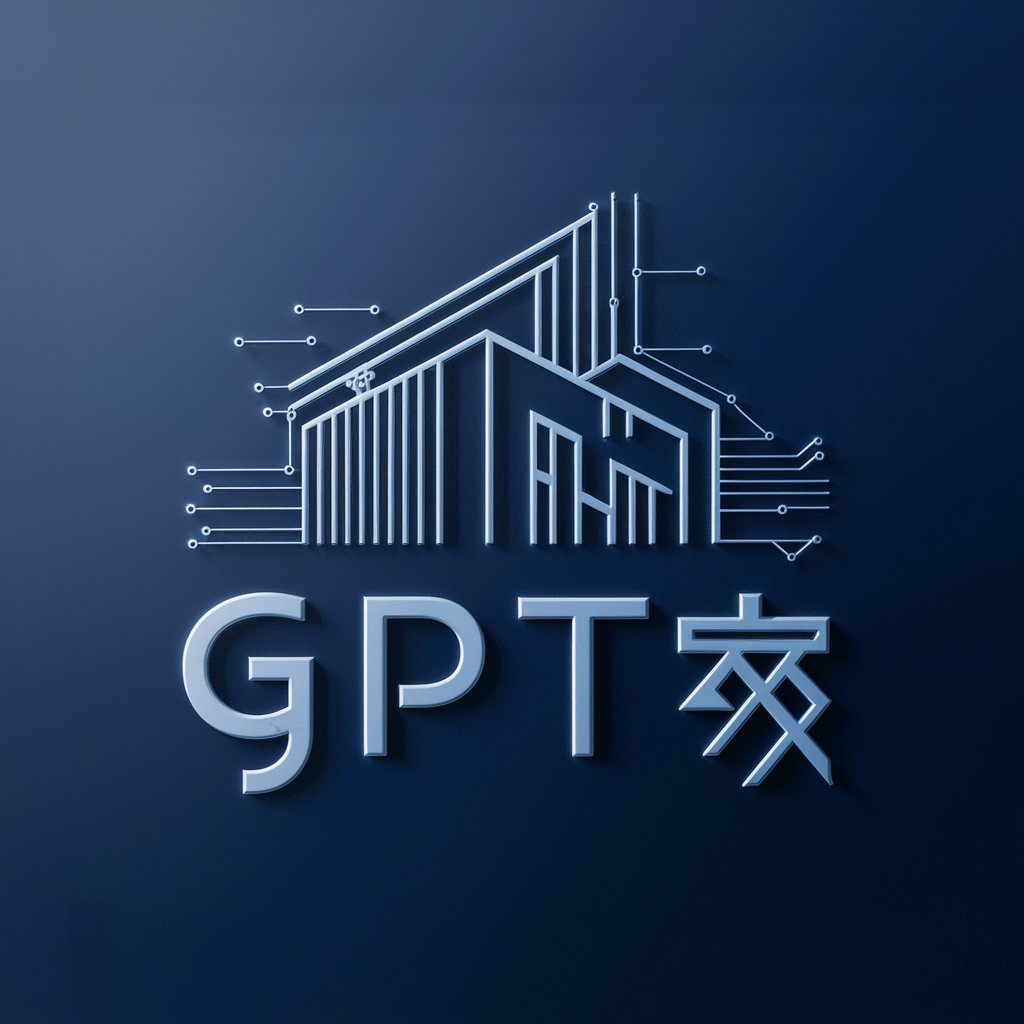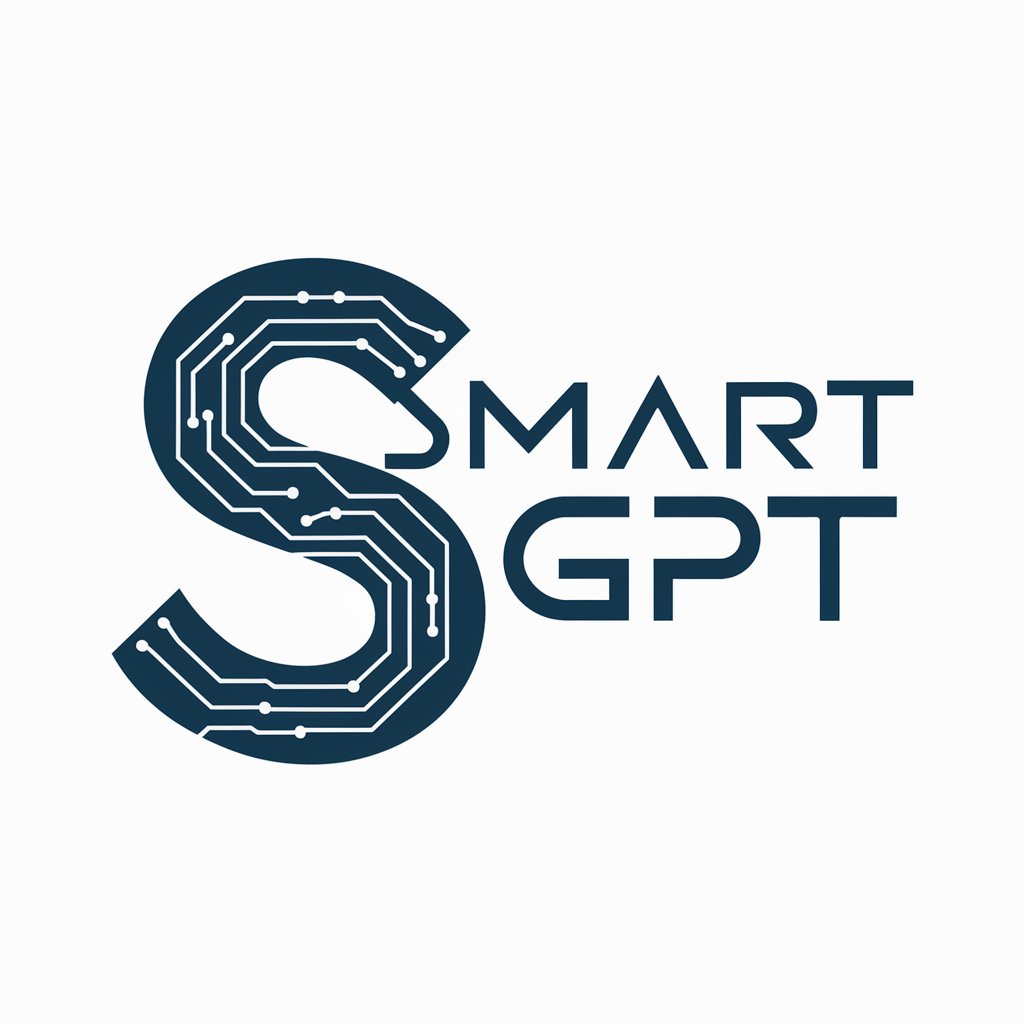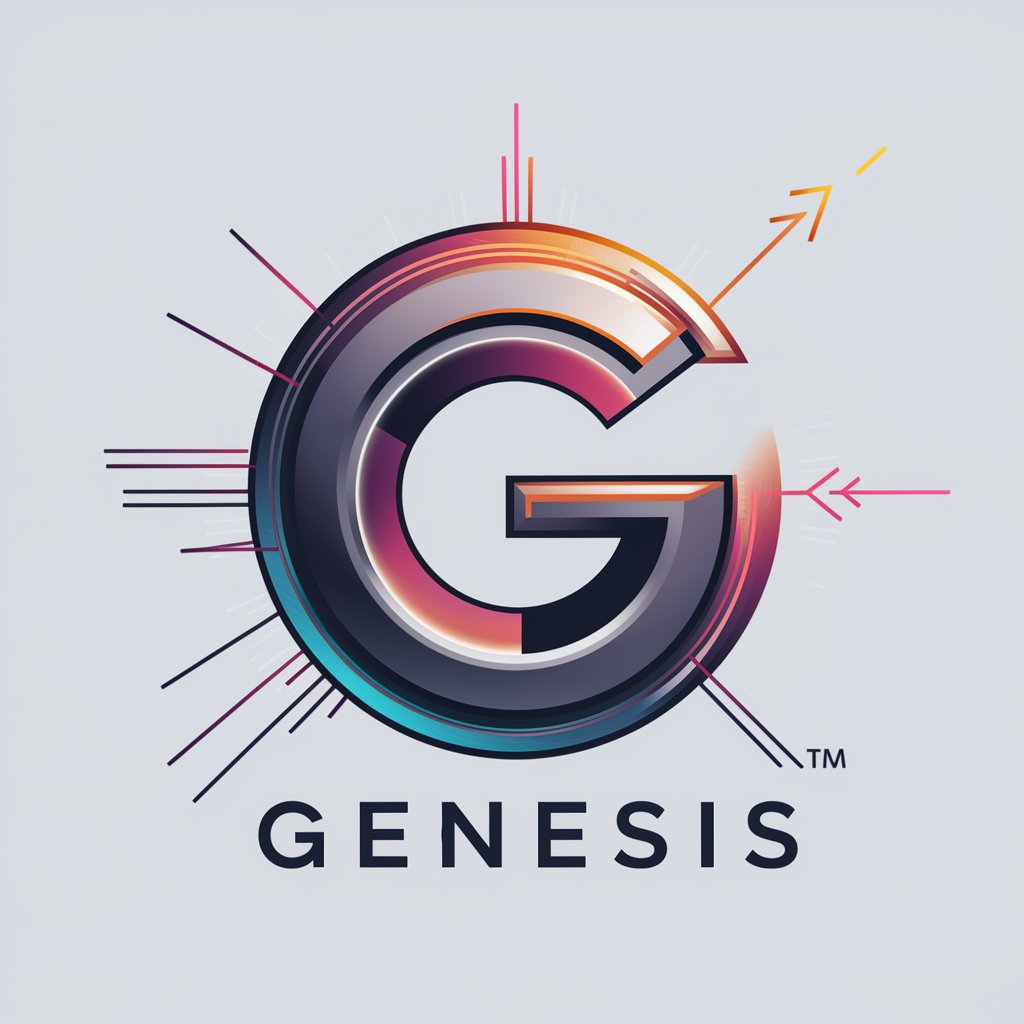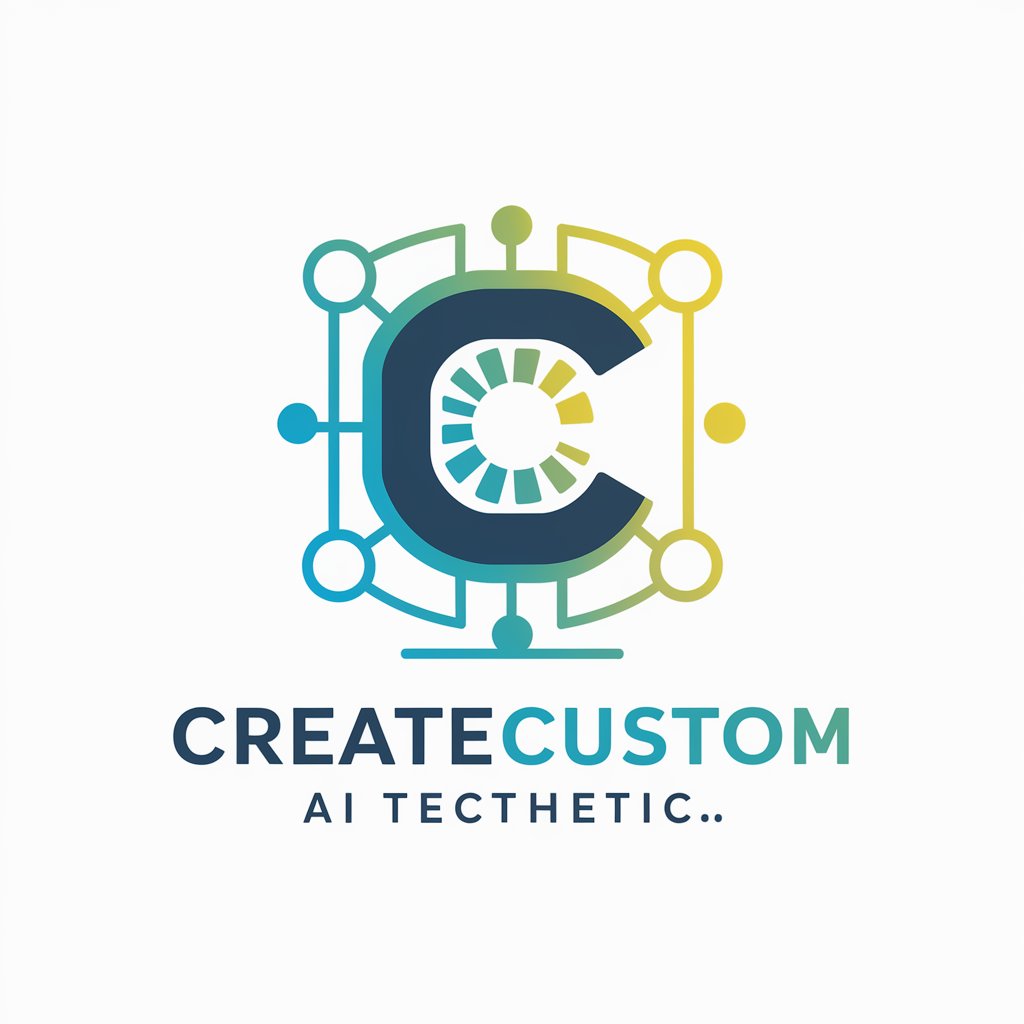
高级的自适应GPT生成器 - Adaptive AI Model Generator

Welcome to the advanced adaptive GPT generator experience!
Tailoring AI to Your Needs
Explain how an advanced adaptive GPT generator can benefit enterprise solutions.
Describe the key features of a system designed for continuous self-assessment and optimization.
Outline the steps involved in refining user requirements for a customized GPT model.
Discuss the importance of interactive requirement analysis in developing high-quality GPT applications.
Get Embed Code
Introduction to 高级的自适应GPT生成器
高级的自适应GPT生成器, or Advanced Adaptive GPT Generator, is designed as a cutting-edge GPT model tailored to specific user needs through deep interaction and requirement analysis. Its primary purpose is to optimize GPT creation by incorporating user feedback and system assessments, leading to highly customized GPT models. This involves a process of interactive requirement gathering, professional advice, and continuous refinement to produce a GPT model that not only meets but exceeds user expectations. For example, in a scenario where a company seeks to enhance customer service, 高级的自适应GPT生成器 could be tailored to understand and respond to customer queries with high accuracy, integrating seamlessly with the company's existing database and providing personalized responses based on customer history. Powered by ChatGPT-4o。

Main Functions of 高级的自适应GPT生成器
Interactive Requirement Analysis
Example
A startup aiming to develop a mental health application communicates their need for a GPT that can offer empathetic responses. Through interactive sessions, the GPT generator refines these requirements to include understanding and generating responses based on therapeutic techniques.
Scenario
This function is applied in the initial phase of development, ensuring that the GPT model aligns with the specific emotional and technical needs of the application's user base.
Requirement Refinement and Optimization Suggestions
Example
After deploying an educational GPT model, feedback indicates a need for a more diverse range of teaching styles. The system analyzes this feedback and suggests incorporating adaptive learning strategies to cater to different learning preferences.
Scenario
Used during the evaluation phase, this function helps in refining the GPT model post-deployment based on user feedback and performance metrics, ensuring the model evolves to meet changing requirements.
Markdown Format Instruction Output with Self-Assessment
Example
A content creation company requires a GPT for generating market analysis reports. The GPT generator not only provides instructions in Markdown for easy integration and updates but also includes a self-assessment system to measure the accuracy and relevance of generated reports.
Scenario
This function supports continuous improvement by enabling users to iteratively assess and optimize the GPT model's performance against predefined metrics.
Ideal Users of 高级的自适应GPT生成器 Services
Enterprises seeking automation solutions
Businesses looking to automate customer service, content creation, or data analysis can benefit from custom GPT models that integrate seamlessly with their existing workflows and databases, enhancing efficiency and personalization.
Educational institutions and e-learning platforms
These users can leverage customized GPT models to create adaptive learning environments, generate educational content, and provide personalized tutoring, thereby enhancing the learning experience for students.
Developers and innovators in AI technology
Individuals and teams working on the cutting edge of AI and machine learning can utilize 高级的自适应GPT生成器 to explore new applications, refine existing models, and contribute to the advancement of GPT technologies.

Using 高级的自适应GPT生成器
1
Visit yeschat.ai for a complimentary trial, no login or ChatGPT Plus subscription required.
2
Define your specific requirements or objectives to tailor the GPT's responses to your needs.
3
Use the interactive requirement analysis feature to refine your needs and receive professional advice.
4
Engage with the system's generated outputs and provide feedback for continuous optimization.
5
Explore diverse application scenarios like academic writing or enterprise solutions for varied experiences.
Try other advanced and practical GPTs
前端适配大师
Empowering Frontend Innovation with AI

InsightAI多任务智能伙伴
Empowering creativity and analysis with AI.
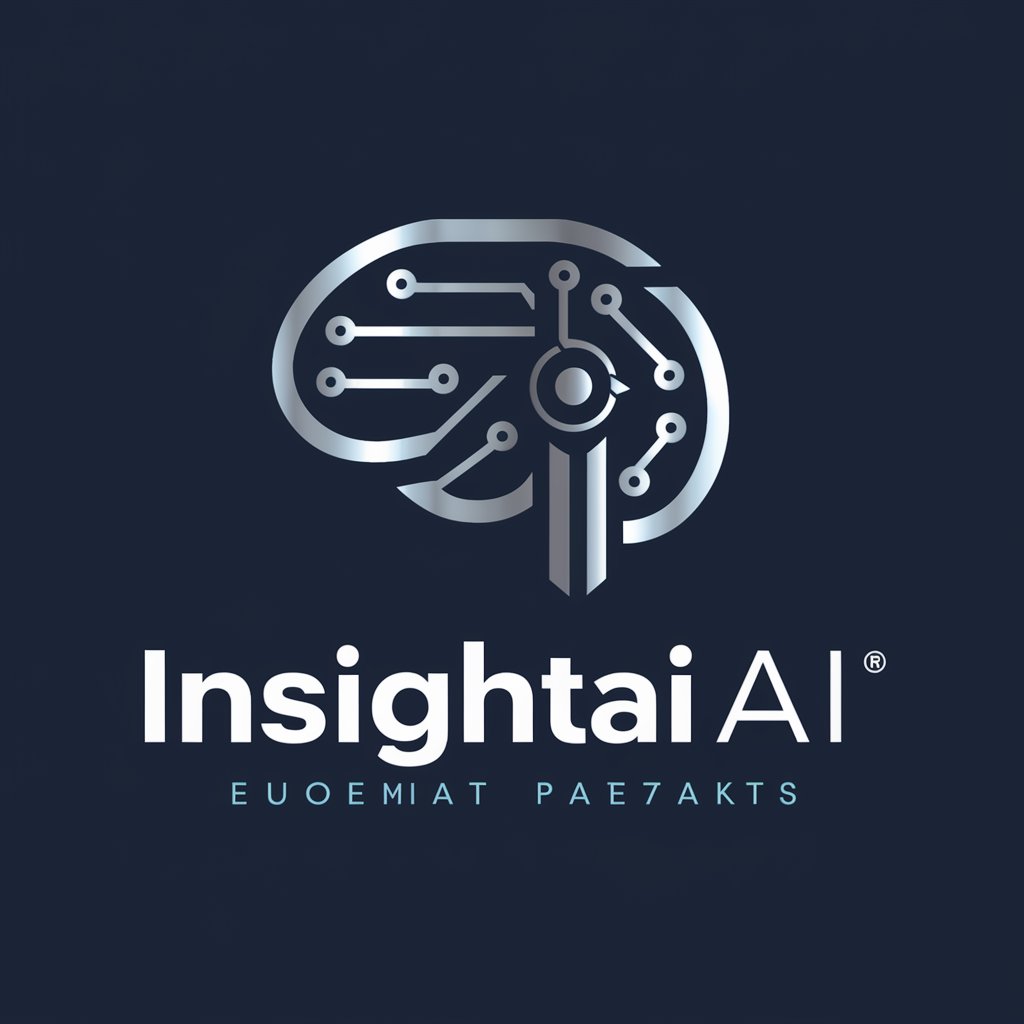
Chat de Langues ぬこ舌外語学院
Empower your language journey with AI.

SF科幻小说写作
Crafting the Future with AI

物业前台客服
AI-powered tenant and property management assistant
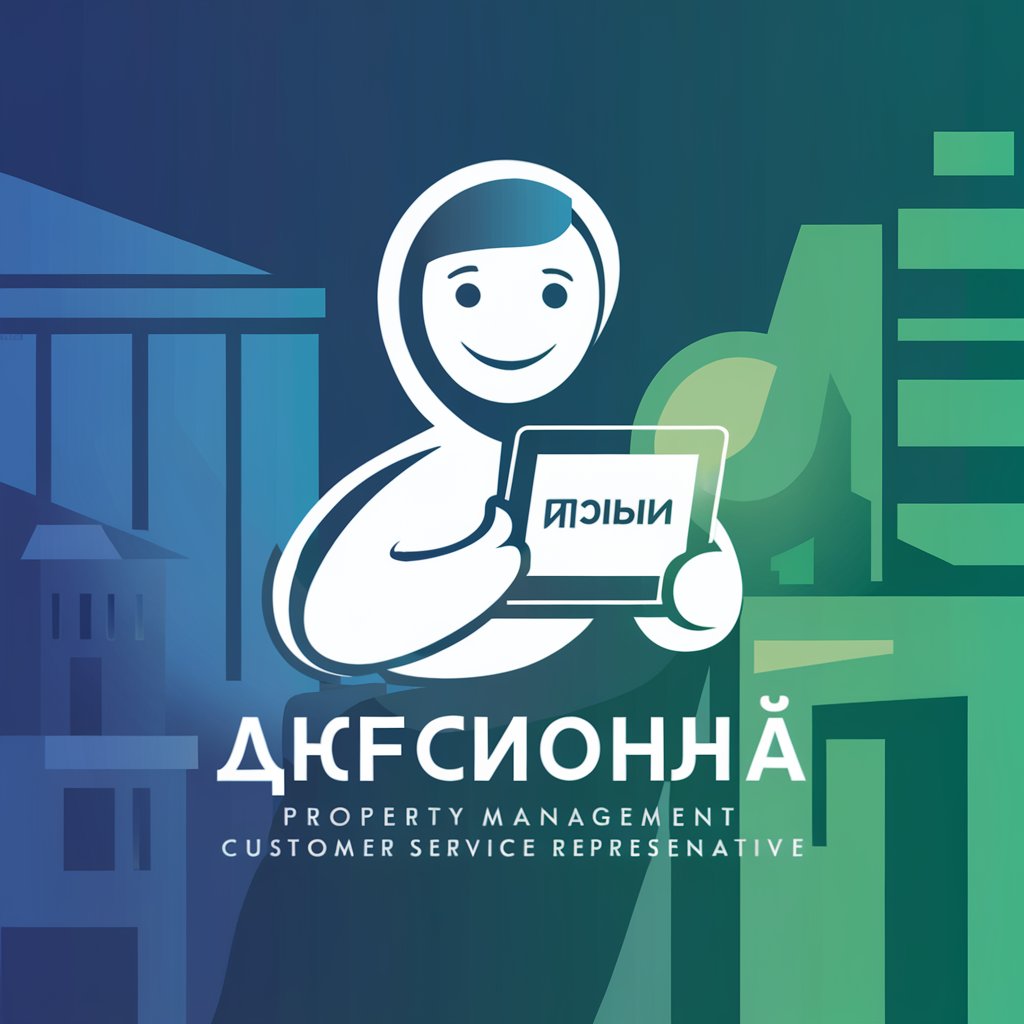
房屋租赁法律助手-中国 2024
AI-powered legal advisor for housing rentals in China

儿童版Game Time
Learn Programming the Fun Way

中外节日合集(适合3-12岁)
Explore World Festivals with AI
适途留学助手
Empowering Your Global Education Journey

INTP
Empowering Inquiries with AI Precision
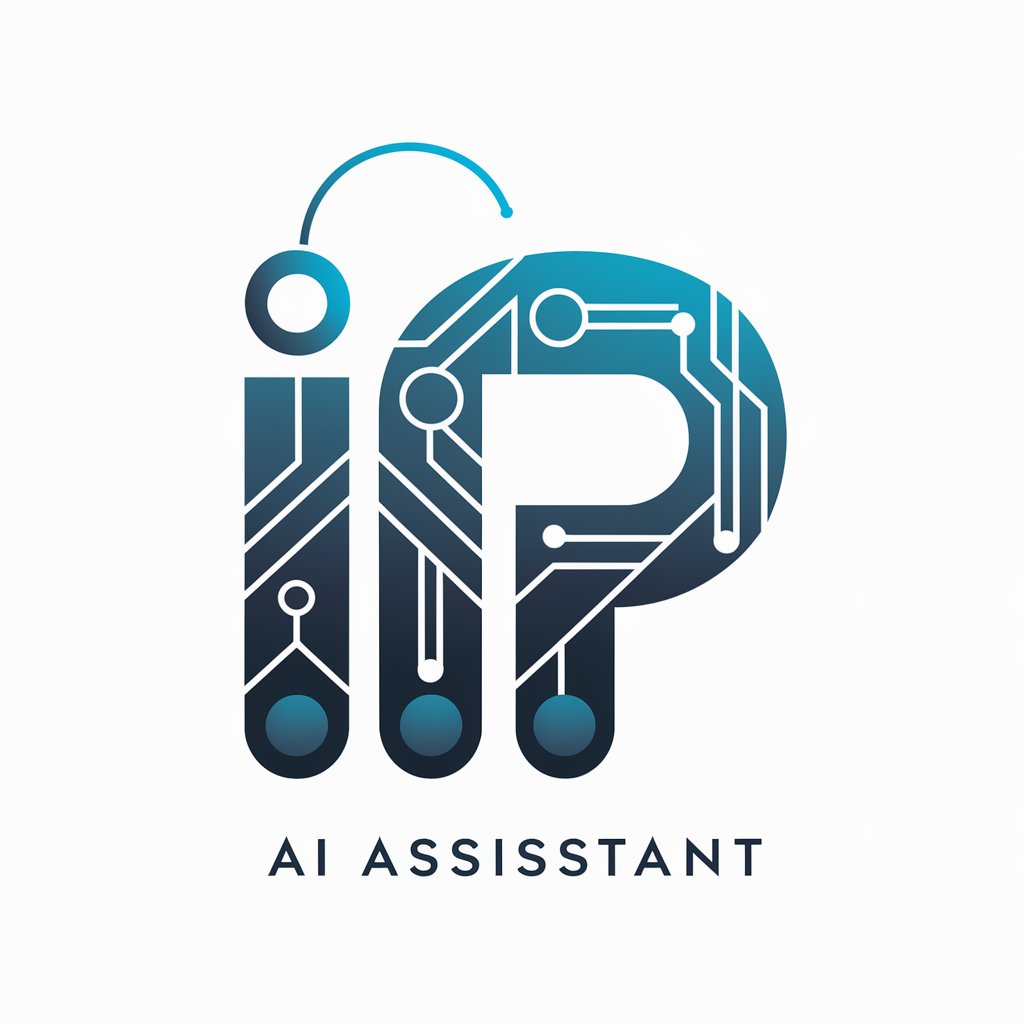
人格棱镜:了解自己
Illuminate Your Inner Self with AI-Powered Insights

小米
Powering Your Financial Decisions with AI

Detailed Q&A about 高级的自适应GPT生成器
What is 高级的自适应GPT生成器?
It is an advanced adaptive GPT generator designed for deep analysis of user requirements, providing high-quality, tailored suggestions and continuous optimization.
How does it refine user requirements?
Through interactive requirement analysis, it collects detailed user inputs, provides professional advice, and refines those needs into actionable insights.
What are common use cases for this tool?
It's used in customized enterprise solutions, educational applications, content creation, and interactive applications, among others.
How does the self-assessment mechanism work?
It evaluates the performance and efficiency of generated models, suggesting improvements and ensuring continuous progression.
Can it support multiple iterations for model improvement?
Yes, it supports continuous iteration, allowing for repeated self-assessment and optimization based on user feedback and system analysis.

